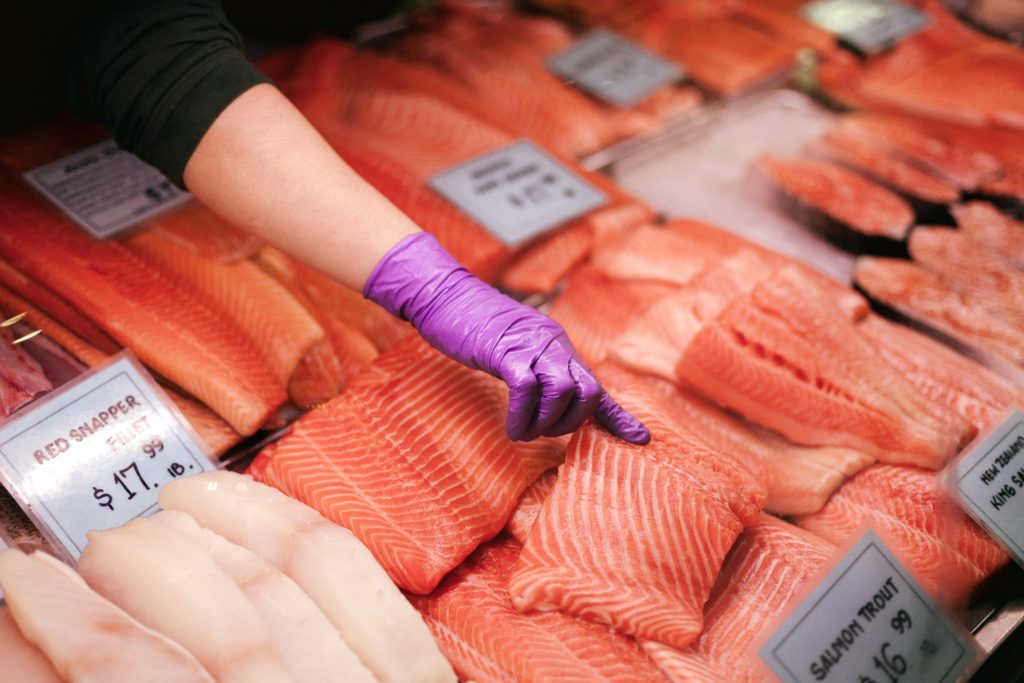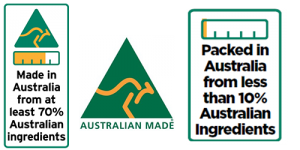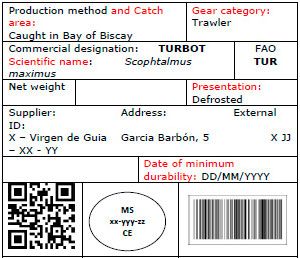- Resources
- article
Australian Seafood Labelling
We learn to trust labels on products, but what are they actually telling you (or not telling you)?
goodfish
How many times have you seen the words ‘white fish’ and wondered what on earth was on offer? A key obstacle to choosing sustainable seafood is being able to tell what species is actually being sold.
AMCS has long been calling for clearer labelling of seafood. Some progress was made when the Australian Fish Names Standard was introduced in 2007. This means that it is now a requirement for retailers displaying the Approved Fish Names logo to label seafood with the Australian approved fish name (as used in this Guide). Now that the standard exists, we encourage all seafood outlets to use the correct labelling. More importantly, the standard should become a legal requirement for all seafood outlets.
Until the standard name can be enforced, we will continue to see misnamed or unnamed fish on sale, telling us next to nothing about what to choose.
The use of ‘Flake’ provides a great example. Flake is a generic term that is used to describe any kind of shark meat generally sold with chips, particularly in Victoria, even though it was not an Australian Fish Names Standard. Then in 2014, ‘flake’ was officially endorsed as the standard fish name for two species of gummy shark – Mustelus antarcticus from Australia and Mustelus lenticulatus from New Zealand. How this will be enforced is anybody’s guess, which means the next piece of flake you order could actually be an endangered species, such as a hammerhead shark.


Made in Australia? Who knows?
In 2008 the federal and state governments introduced mandatory ‘country of origin’ labelling for packaged seafood. While this is a good step forward, we still have some way to go. For example, it is still possible to buy fish that was farmed or caught overseas, but processed in Australia, labelled as ‘Made in Australia’.
What’s more, the food service industry (restaurants, cafes, etc.) is largely exempt from country of origin labelling. In 2023, legislation was proposed to move the Northern Territory system to the entire country. In this system, venues must mark whether a product is Australian (A), imported (I), or of mixed (M) origins.
Though a welcomed step, this is still far from the information necessary for consumers to feel confident when purchasing seafood.
Hook, net or cage?
All fishing and fish farming has an impact but some methods are more benign than others. If we knew how our fish was caught or farmed we could avoid choosing seafood that was taken or produced by more damaging methods. To support informed consumer choices, it should become mandatory for seafood labelling to identify the type of fishing or farming used to catch or grow the species.
Name that company.
Those who catch or farm fish should be accountable for the methods they use. Naming the source company through labelling can encourage each fishery or aquaculture business to excel in environmental management and gain a marketing advantage over those with poorer environmental performance.
